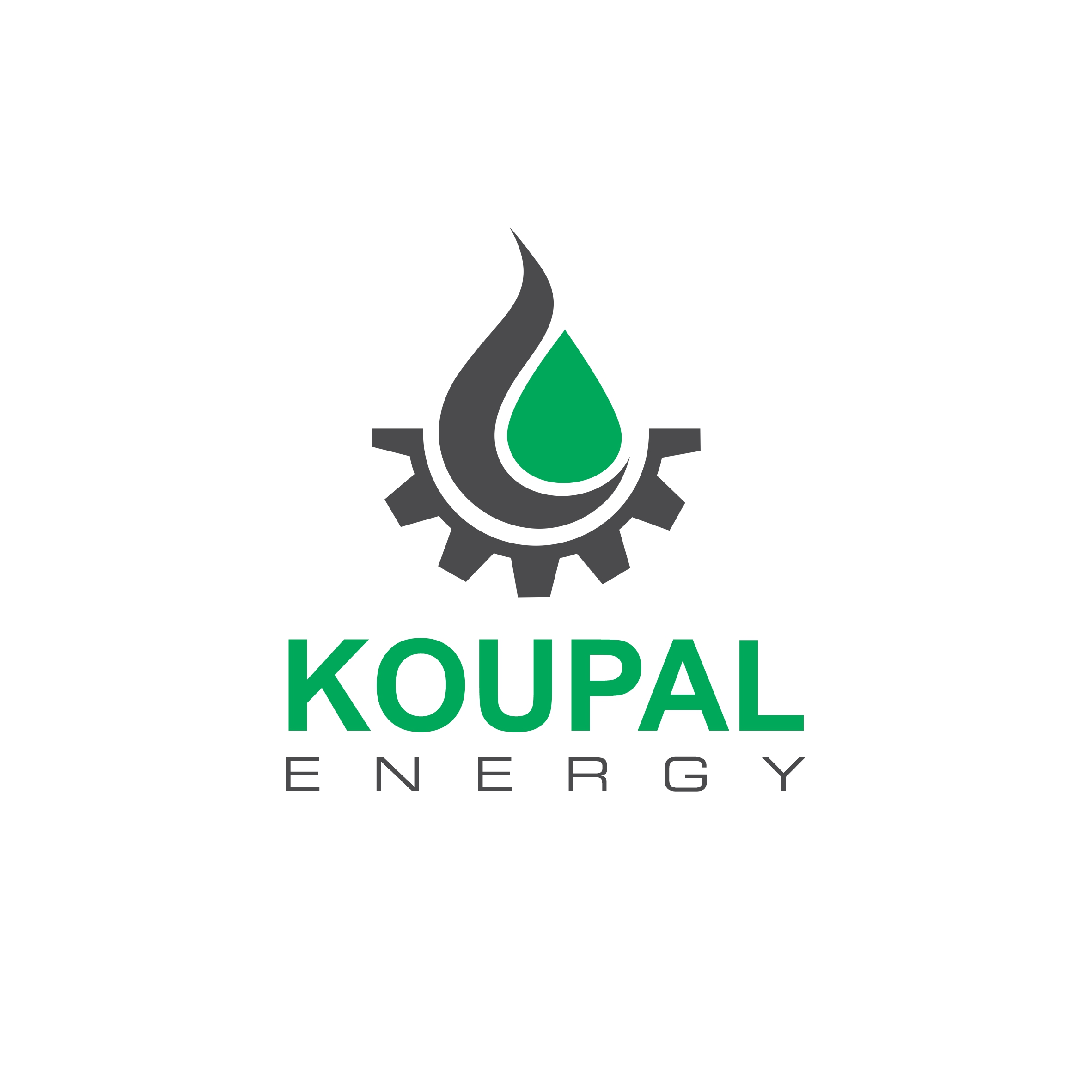Speaker
Description
Foam injection is an effective technique for enhancing the performance of gas-based processes in porous media. However, brine salinity is one of the factors that can significantly impact foam performance for subsurface applications. This study investigates the flow performance of foam generated using sodium dodecyl sulfate (SDS) as a foaming agent in two brine salinity levels (5000 and 35000 ppm NaCl) within a heterogeneous layered porous medium. A glass micromodel consisting of two layers with different permeabilities and fluid connectivity was used to conduct the experiments. The results revealed that the foam formed under low salinity conditions exhibited smaller bubbles, leading to increased apparent viscosity and consequently better control of gas phase mobility in both layers. The formation of a stable foam effectively controlled gas flow conformance in the high-permeability layer, resulting in the foam front advancing through both low-permeability and high-permeability layers. In contrast, under high salinity conditions, foam bubbles were larger and less stable, leading to faster gas phase breakthrough in the high-permeability layer and consequently reducing the effectiveness of foam injection for conformance control. The findings of this study demonstrate the superior performance of foam under low salinity conditions for conformance control in gas injection processes in a heterogeneous layered system. This can lead to improved sweep efficiency of the injected gas in the porous medium.
| Student presentation contest | Opt in |
|---|---|
| Student Poster Contest | Opt In |
| Journal Submission | Consider for Journal Submission |




